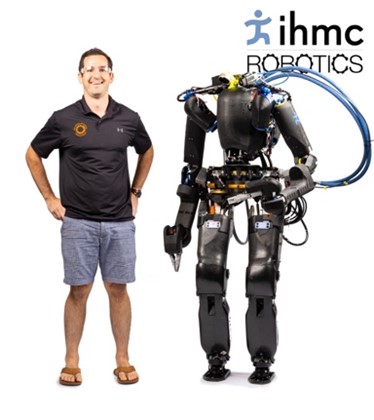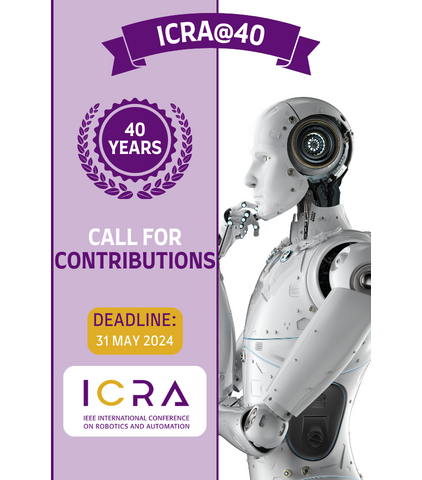Special Issue on Humanoid Robots
Aim and Scope
Every day, humans solve complex tasks, such as working in disaster scenarios, performing complex assembly tasks, which are difficult to solve once put into a formal task description. The concept of a humanoid robot represents the desire to develop machines that can mimic human form, movement, and intelligence, and thus accomplish all these tasks with human-like performance. For this reason, humanoid robots are an ideal platform that allows testing new algorithms and forcing the development of new ideas. In recent years, following the announcement of the Tesla Bot and the Chinese government's white paper on humanoid robots, we have seen an explosion of new, dynamic and very capable humanoid robots, which offers new robotic applications and research challenges.
It becomes evident that designing humanoid-like robots specialized for specific tasks could yield remarkable results as well or even better, e.g. quadrupeds equipped with wheels that can also be operated like a humanoid robot. Machine learning algorithms such as Reinforcement Learning are particularly applicable here and have therefore recently become popular. Looking at breakthroughs in computer vision and large language models, a similar breakthrough in embodied AI is beginning to emerge.
This Special Issue will provide an overview of current mechanical designs of humanoid and humanoid-like systems, as well as the algorithmic side, with a focus on machine learning. Simulation as an important tool is therefore also in the focus of this issue, without losing sight of real systems. Beyond basic research, this issue also explores the applications that have emerged, such as in logistics, healthcare, disaster response, and manufacturing, and answers the question of how close research has come to real-world application.
Topics of interest include but are not limited to the following:
- Humanoid robot designs
- Humanoid-like robots, e.g. hybrid designs of biped and quadrupeds or wheeled systems
- Control (whole-body, optimization-based, reinforcement learning, etc.)
- Sim-to-real gap (multi-contact, system identification, transfer, etc.)
- Safety (constraints, guarantees, stability margins, ISO guidelines, etc.)
- Loco-manipulation
- Perception and planning for legged systems
- Legged mobile manipulation
- Benchmarking
- Real-world applications and success stories, e.g. in logistics, healthcare, disaster response, manufacturing, domestic robotics, agriculture, construction, maintenance, sports etc.
Important Dates
May 1 June 1, 2024 - Submission deadline
August 1 August 10, 1024 - First decision communicated to authors
September 15 September 25, 2024 - Submission of revised papers
November 20 November 30, 2024 - Final decision
December 10 December 20, 2024 - Final manuscript upload
March 10, 2025 - Publication
Associate Editor
 |
Oliver Urbann Fraunhofer IML Dortmund, Germany |
Guest Editors
 |
Fei Chen The Chinese University of Hong Kong Hong Kong, China |
 |
Julian Eßer Fraunhofer IML Dortmund, Germany |
 |
Robert Griffin Florida Institute for Human & Machine Cognition Pensacola, FL USA |
 |
Kenji Hashimoto Waseda University Fukuoka, Japan |
 |
Fumio Kanehiro National Institute of Advanced Industrial Science and Technology (AIST) Tsukuba, Japan |
 |
Paul Oh University of Nevada, Las Vegas Las Vegas, NV, USA |
 |
Olivier Stasse Laboratory for Analysis and Architecture of Systems (LAAS), CNRS Toulouse, France |
 |
Yuichi Tazaki Kobe University Kobe, Japan tazaki@mech.kobe-u.ac.jp |







